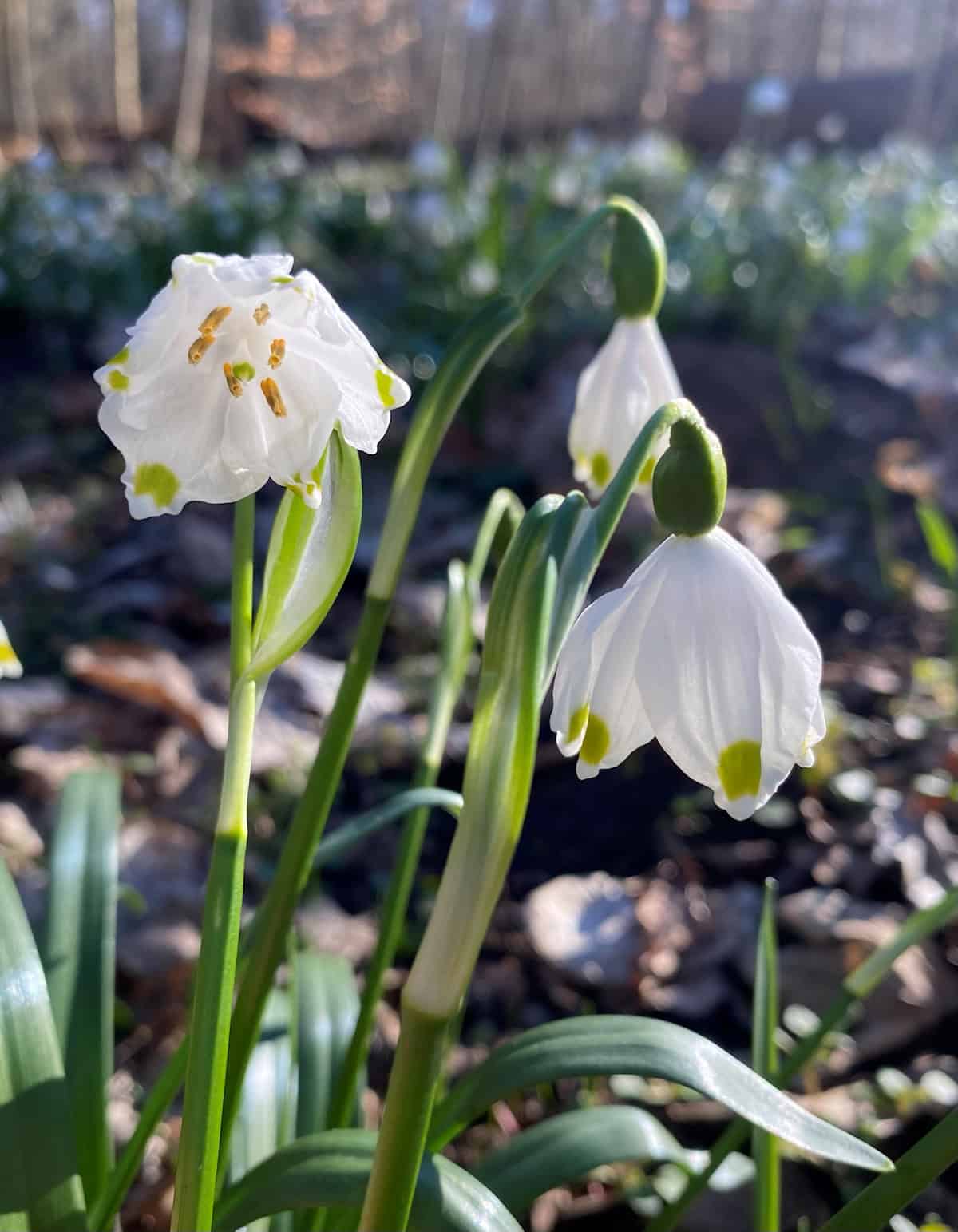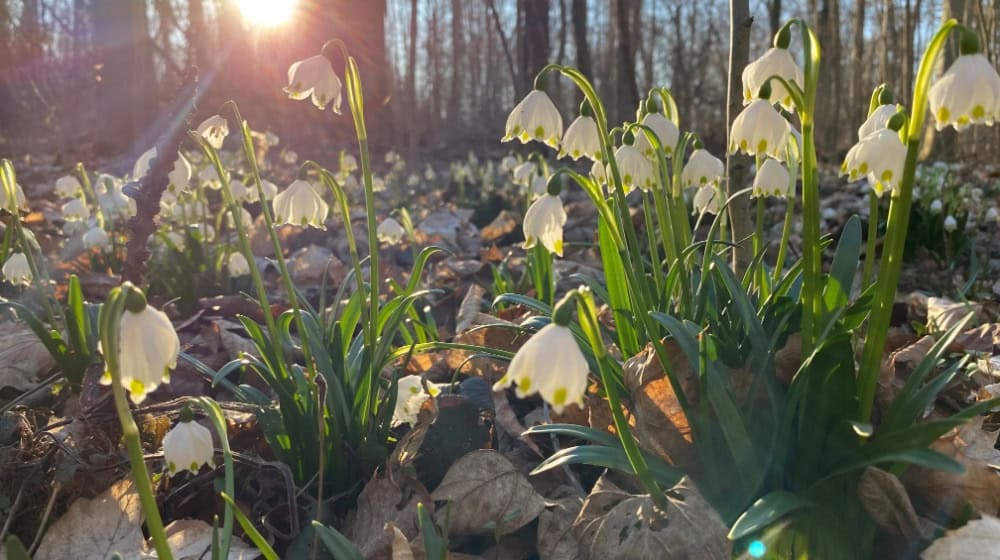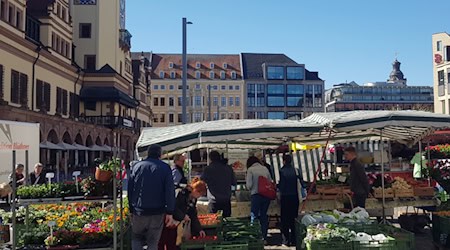Leipzig's riparian forest species of 2025 is the marsh fritillary. Environment Mayor Heiko Rosenthal announced this today at the school biology center on Schleußiger Weg. While in previous years two animals, the red kite and the pug bat, represented the protection and uniqueness of Leipzig's alluvial forest, this year a plant was chosen in the form of the marsh fritillary.
"The marsh fritillary is an early bloomer and therefore only beautiful for a short time," explains Heiko Rosenthal. "In the Leipzig riparian forest, it has one of its largest areas of distribution, as riparian forests are generally one of its preferred habitats." As soon as the sea of leaves of the alluvial forest closes, the early bloomers also wither and are already recharging their batteries underground for the coming spring.

The March snowflake is an early bloomer / Source: City of Leipzig
The March snowflake was introduced in more detail by Karl Heyde and Uta Fröhlich from the Natural History Museum. Uta Fröhlich: "Between the wild garlic carpet and other early bloomers, the species with its small, bell-like, white flowers and grass-green leaves is a beautiful eye-catcher. However, the wild garlic is a real competitor to the wild garlic."
"For all its beauty and love of plants, the wild garlic is an endangered plant species and must not be picked or dug up," says Karl Heyde, pointing out its worthiness of protection. At the same time, he warns: "All parts of the mallow are poisonous."
Further information on the species as well as flyers, posters and the popular motif bags are available at the Environmental Information Center (UiZ), Technical Town Hall, Prager Straße 118-136, House A.II. Information on the history of the Leipzig Alluvial Forest Day is also available on site, on the telephone number (0341) 123-6711 and on the website www.leipzig.de/uiz. For those interested in the Leipzig Nature Conservation Week from 19 to 25 May: The program for this year's theme "Leipzig in the glow of the night - how light pollution affects nature, the environment and people" will be published shortly.










